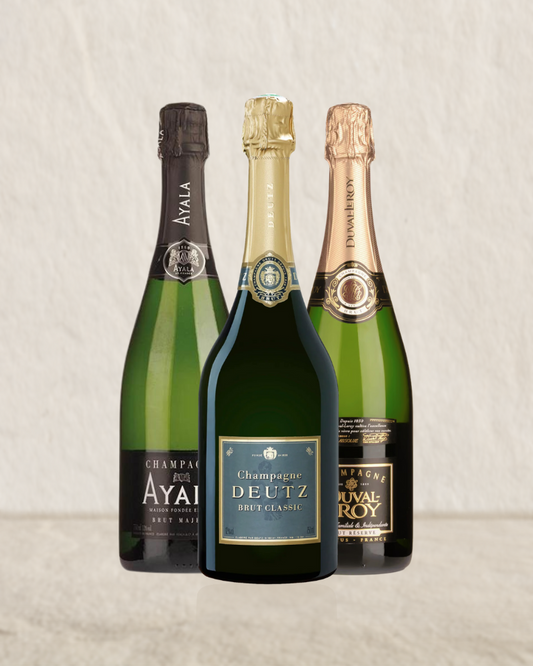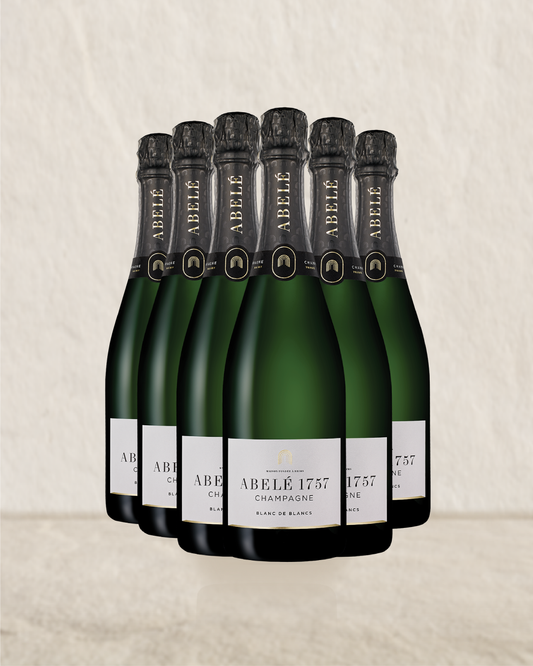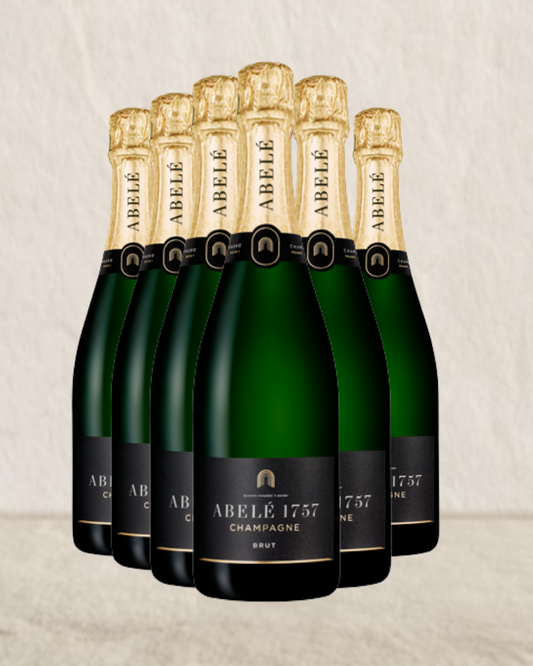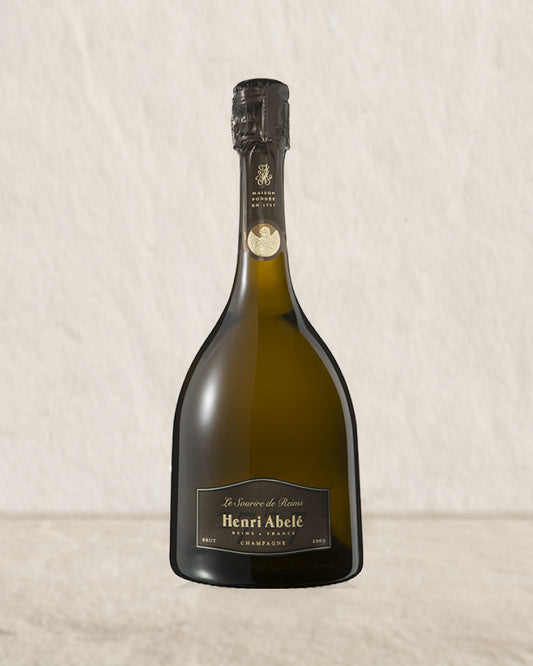Harvesting
Harvest dates are usually 100 days after flowering, and the exact starting date is fixed by the CIVC. This will be determined by the composition of the grapes so that the sugar levels will be sufficient to produce wines of 10 to 11 percent alcohol whilst retaining sufficient acidity to balance. Chardonnay is usually a week later than the two Pinots. Occurring normally in mid-September, 2007 was an unusually early vintage and starting dates are predicted to be 4-6 weeks ahead of schedule. The grapes are always harvested by hand, and begins in the cool of the dawn to prevent spontaneous fermentation. Picking in full sunlight or in the rain is also avoided. Pressing plants will be located as near to the vineyards as possible to ensure the process can begin as quickly as possible
Pressing
To ensure the best possible juice quality, the amount of liquid extracted from the grapes is stringently regulated. Inspectors from the CIVC are common sights in the press-houses to ensure this. Traditional flat basket presses are used as it is believed that this is the gentlest form of extraction, due to the large surface area and the small fruit loads allows the juice to drain without picking up harsh tannins along the way. Modern pneumatic bladder presses are also used as they are much faster and less labour intensive. The bunches are always put through whole as the stems and stalks act as a natural sieve for the juice to pass through. The juice is released from the press in the order of quality, the more the fruit is pressed, the higher the uptake of tannins, through skin and seed contact. The best quality juice always comes from the free-run and first pressing. Second pressings may be used but generally for lesser wines or sold off.
Settling
Skins and other impurities in the must need to be removed this can be achieved by a filter or centrifuge, but most producers will allow this to occur naturally by gravity settling. If the must is chilled to -5 degrees C, this process will be quicker and more thorough
Fermentation
Once the must has settled the clear juice will be racked off into clean fermentation vats. Small vats allow greater control over the individual components and stainless steel ensures cleanliness. However producers such as Alfred Gratien and Krug still prefer fermentation in oak barrels.
Fermentation normally lasts about 10 days and takes palce at about 18-20 C, some producers prefer cooler temperatures to preserve the wines fruitiness.
The choice of malolactic fermentation or not is generally a house style decision.
This process converts the tart malic acid into the milder lactic acid. The advantage of the process is that it makes wines much more approachable when young. Wines that have not undergone malolactic are more acid and sharp in their youth but retain a high level of acidity for a very long time, acting as a preservative.
Cold stabilization
Once fermentation is complete the wine will be cold stabilized to remove any suspended material, and also to prevent tartrate precipitation at a later stage. It will then be racked off its lees and further clarified by filtering or fining.
Blending
The most important stage of the Methode Champenois process and the best example of where art meets science. It requires great skill and experience to create a consistent house style particularly when vintage conditions can vary widely. The cellar master has at his disposal a range of varieties, from different villages and vintages- all of which will be considered through constant tastings- as to what will constitute the final blend. The greater the tasting skill of the blender, the more influence that can be brought to the final blend. At a large house such as Moet, the cellar master has over 800 vats sourced from over 150 villages to choose from. In lesser vintages, reserve wines from previous vintages will be used to achieve balance and consistency. As the blend will contain numerous wines of differing chemical composition, the finished blend will once more have to be clarified, filtered and fined to produce a stable final product free of any impurities. The wine will then undergo its third and final racking.
Liqueur de triage
After racking the wines will be transferred to the bottling line where a mixture of reserve wine, sugar and selected yeast will be added to the base wine prior to bottling to promote a secondary fermentation in the bottle. Sugar is necessary in the blend as all base wines for Champagne are dry, with no fermentable sugars.
During the first alcoholic fermentation, carbon dioxide is formed and dispelled into the air, but during the second fermentation all the carbon dioxide is imprisoned in the bottle. The bottled wines will then be brought down to the cellars where the temperature is a constant 10-12 C, and laid down horizontally on racks to rest and develop their all important sparkle. The cool temperature allows for a slow and gradual fermentation with smaller, finer bubbles produced. During this time the wine will gain creaminess and complexity through the wines contact with the yeast sediment (lees). Restacking and shaking of the bottles is carried out at various intervals to avoid the yeast sticking to the bottle, which could later cause clarification problems.
Remuage
Once secondary fermentation is completed the dead yeast lees need to be removed from the bottle. Traditionally the bottles are moved to angled wooden racks (pupitres) where each bottle must be gradually riddled ( where the bottles are slowly tilted from a horizontal to vertical position) to encourage the sediment to move down the bottle and into the neck. A skilled remueur can move tens of thousands of bottles in a day, and the whole process can take several months. Today, many houses use the gyropalette, a machine which greatly shortens the riddling time to just over a week.
Alginate beads
Moet & Chandon has done an enormous amount of research into the development of the alginate yeast capsules, whereby the yeast are trapped inside the porous beads, and removal is straightforward. This could theoretically make riddling and gyropallettes redundant, however more research is still required as Moet are still not entirely satisfied with the results.
Maturation
Once the sediment has been moved into the neck, the bottles will be matured sur pointes (upside down or ‘on tiptoe’) for up to five years, with the wine greater complexity through contact with the yeast lees.
Disgorgement
The final stage in the production of Champagne where the yeast is finally removed before corking. As this movement briefly exposes the wine to air the operation needs to be performed as quickly as possible to prevent oxidation. As the yeast deposit has moved into the neck space, the bottles are inverted and the necks placed into a freezing brine solution of -28 C. The deposit is half frozen and viscous and easily removed by the pressure of the Champagne as the crown seal is removed. Some winemakers still perform this task by hand, such as Salon, where they wish to check and aerate the wine. The volume of wine lost at disgorgement will be replaced by the dosage.
Dosage
The dosage or liqueur d’expedition is a mixture of wine and sugar, the level of sweetness will depend on the style required. For young wines that may be dry yet acidic, this dosage will give greater balance and approachability. For wines that have undergone long aging on the yeast lees and gained complexity and roundness with time, dosage may not be required, but will still need topping up with wine after the removal of the sediment. One such example are the brilliant late disgorged wines from Jacquesson, which require no dosage, and show how magnificent aged Champagne can become.
Packaging
Once the liqueur d’expedition has been added the bottles will immediately be corked and shaken to ensure the dosage is mixed in thoroughly with the wine in bottle. The cork will then be held in place by a wire cage called a muselet. Some wines will undergo additional aging on the cork to achieve greater complexity, as the esters introduce further characters such as coffee, caramel and even mushroom notes.







